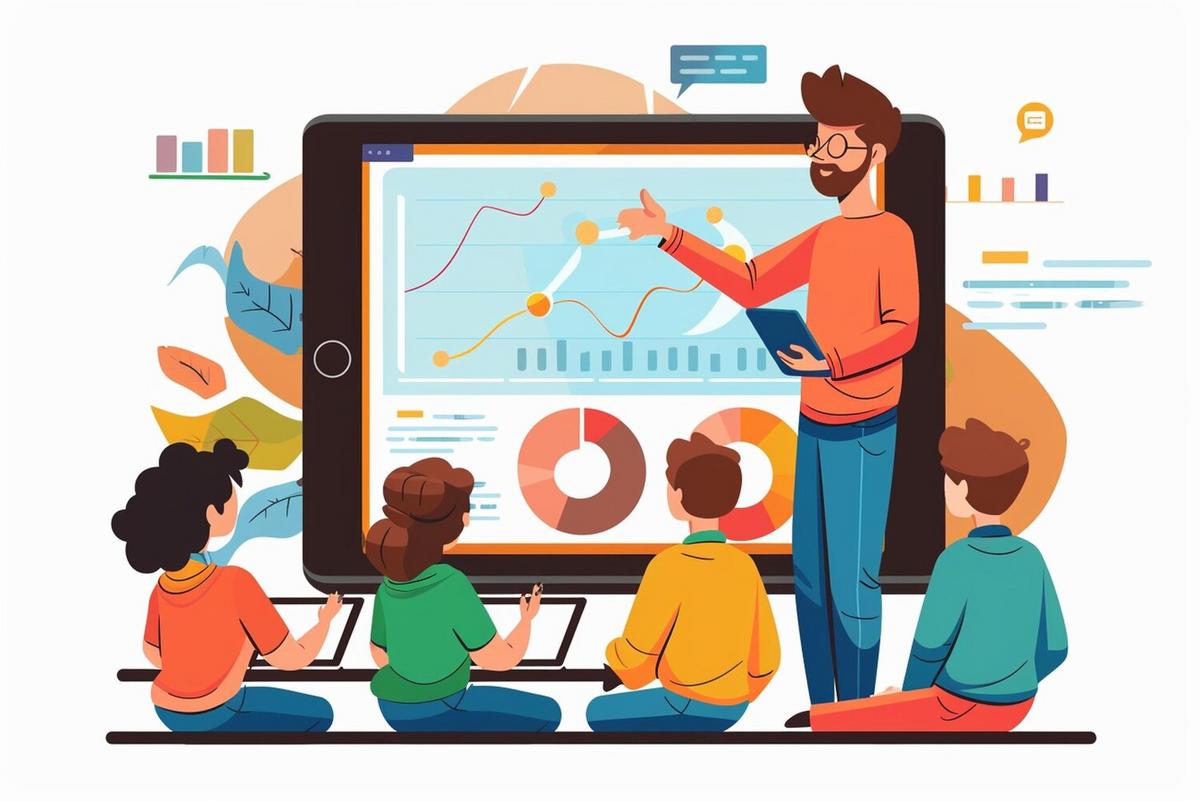
The Rise of Microlearning: A Deep Dive into Bite-sized Courses
The digital age has ushered in a new era of learning, where education is more accessible and adaptable than ever before. Among the many innovations in this field, microlearning has emerged as a powerful tool for delivering knowledge in concise, digestible formats. This approach meets the needs of learners seeking efficiency and flexibility, fueling its growing popularity.
The rise of microlearning has transformed the landscape of online education, providing bite-sized courses that cater to our increasingly busy lifestyles. By breaking down complex topics into smaller, easily understandable segments, microlearning offers learners the ability to grasp concepts quickly and efficiently.
What is Microlearning?
Microlearning is a strategy that involves delivering educational content in short, focused bursts. These sessions typically last anywhere from a few seconds to 15 minutes. This format is designed to maximize learning retention by minimizing cognitive overload, allowing learners to engage with the material at their own pace.
Expert Insights
According to Dr. Theo Johnson, a leading expert in educational psychology, “Microlearning aligns with the way our brains naturally process information. By providing small, manageable chunks of content, we enhance our ability to absorb and retain new knowledge.”
Benefits of Microlearning
Microlearning offers numerous advantages, making it an appealing option for both learners and educators. Some of these benefits include:
- Increased flexibility and accessibility
- Improved learning retention and engagement
- Enhanced adaptability to different learning styles
- Cost-effectiveness for educational institutions
Statistics Supporting Microlearning
Research conducted by the Journal of Applied Psychology indicates that learning in small, focused chunks can increase engagement by 50% and improve information retention by up to 70%. This data underscores the effectiveness of microlearning in achieving educational outcomes.
Real-Life Example
Consider the experience of Mark, a busy professional who wanted to learn a new language. By using a language app that employs microlearning techniques, Mark was able to study vocabulary and grammar in short daily sessions during his commute. This approach allowed him to steadily improve his language skills without overwhelming his schedule.
Actionable Tips for Implementing Microlearning
- Identify key learning objectives and break them into smaller segments.
- Utilize multimedia elements like videos, quizzes, and infographics to enhance engagement.
- Incorporate regular assessments to reinforce learning and measure progress.
- Encourage learners to set aside dedicated time each day for microlearning sessions.
Comparison: Traditional Learning vs. Microlearning
| Aspect | Traditional Learning | Microlearning |
|---|---|---|
| Format | Longer lectures or modules | Short, focused lessons |
| Engagement | May decrease over time | Higher engagement |
| Flexibility | Fixed schedules | Anytime, anywhere access |
| Cost | Potentially higher | Often more affordable |
| Retention | Varies | Higher retention rates |
| Adaptability | Less adaptive | Highly adaptable |
| Feedback | Delayed | Instant feedback |
| Learning Style | Limited variation | Caters to diverse styles |
Frequently Asked Questions
What is microlearning best suited for?
Microlearning is ideal for skill development, language learning, and compliance training. It can also be used effectively for onboarding new employees.
Can microlearning replace traditional education?
While microlearning offers many benefits, it is best used as a complement to traditional education, enhancing learning experiences rather than completely replacing them.
How can I start using microlearning?
Begin by identifying a specific skill or topic you want to learn. Then, look for online platforms that offer microlearning courses in that area.
Conclusion
Microlearning is reshaping the way we approach education, offering a flexible and efficient method for acquiring new skills and knowledge. By embracing this innovative approach, both learners and educators can benefit from the enhanced engagement and retention that microlearning provides. Whether you’re a student, a professional, or an educator, exploring the potential of microlearning can lead to more effective and enjoyable learning experiences.


